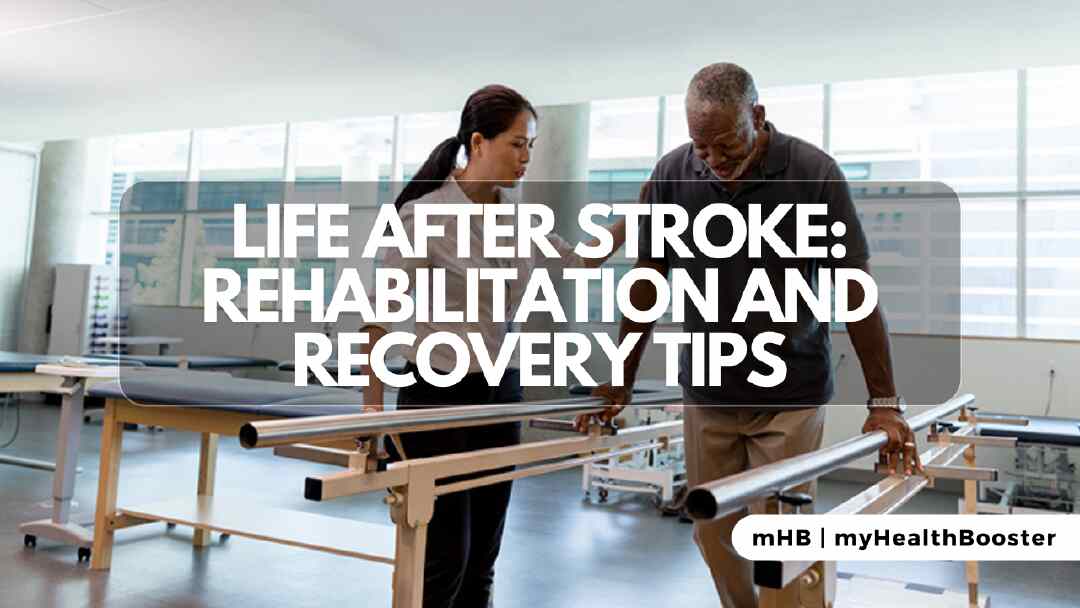Surviving a stroke is a significant achievement, but the journey toward recovery is equally crucial. Rehabilitation plays a pivotal role in enhancing the quality of life for stroke survivors. In this guide, we’ll explore effective strategies and recovery tips that can make life after a stroke more manageable and fulfilling.
Stroke Rehabilitation
- Early Intervention is Key:
- Immediate rehabilitation efforts can help minimize the impact of a stroke and improve overall outcomes.
- Early involvement of physical therapists, occupational therapists, and speech therapists is crucial.
- Customized Rehabilitation Plans:
- Rehabilitation programs should be tailored to individual needs and the specific effects of the stroke.
- Address physical, cognitive, and emotional aspects of recovery.
Stroke Recovery Tips
- Physical Rehabilitation:
- Mobility Exercises: Work with a physical therapist to improve strength, balance, and coordination.
- Range of Motion Exercises: Enhance flexibility and prevent muscle stiffness.
- Aquatic Therapy: Utilize water’s buoyancy to facilitate movement without excessive strain.
- Occupational Therapy:
- Adaptive Techniques: Learn strategies to perform daily tasks independently.
- Home Modifications: Make necessary adjustments to the living environment for increased accessibility.
- Speech and Language Therapy:
- Communication Exercises: Practice speech and language exercises to regain verbal skills.
- Swallowing Exercises: Improve and regain control over swallowing function.
- Cognitive Rehabilitation:
- Memory Exercises: Engage in activities that stimulate memory recall.
- Problem-Solving Activities: Work on tasks that enhance cognitive flexibility and problem-solving skills.
- Emotional Support and Mental Health:
- Counseling: Seek professional counseling to address emotional challenges.
- Support Groups: Connect with other stroke survivors for shared experiences and encouragement.
- Medication Management:
- Follow Medical Advice: Take prescribed medications as directed.
- Regular Medical Check-ups: Monitor health and address any emerging issues promptly.
Stroke Frequently Asked Questions
- How long does stroke recovery take?
- Recovery duration varies, but significant progress can occur within the first six months. Long-term improvements may continue for years.
- Can lifestyle changes aid in stroke recovery?
- Yes, adopting a healthy lifestyle, including a balanced diet, regular exercise, and stress management, can contribute to overall recovery.
- Are there alternative therapies for stroke recovery?
- Some survivors find benefits in complementary therapies such as acupuncture, yoga, or music therapy. Consult with healthcare professionals before incorporating these.
- Can stroke survivors return to work?
- With appropriate support and accommodations, many stroke survivors can return to work. Vocational rehabilitation services can assist in this process.
Conclusion
Life after a stroke is a journey that requires dedication, support, and a personalized approach to rehabilitation. By incorporating these tips into the recovery process, stroke survivors can regain independence, improve their quality of life, and embrace a fulfilling post-stroke journey. Always consult with healthcare professionals for personalized advice and guidance throughout the rehabilitation process.
